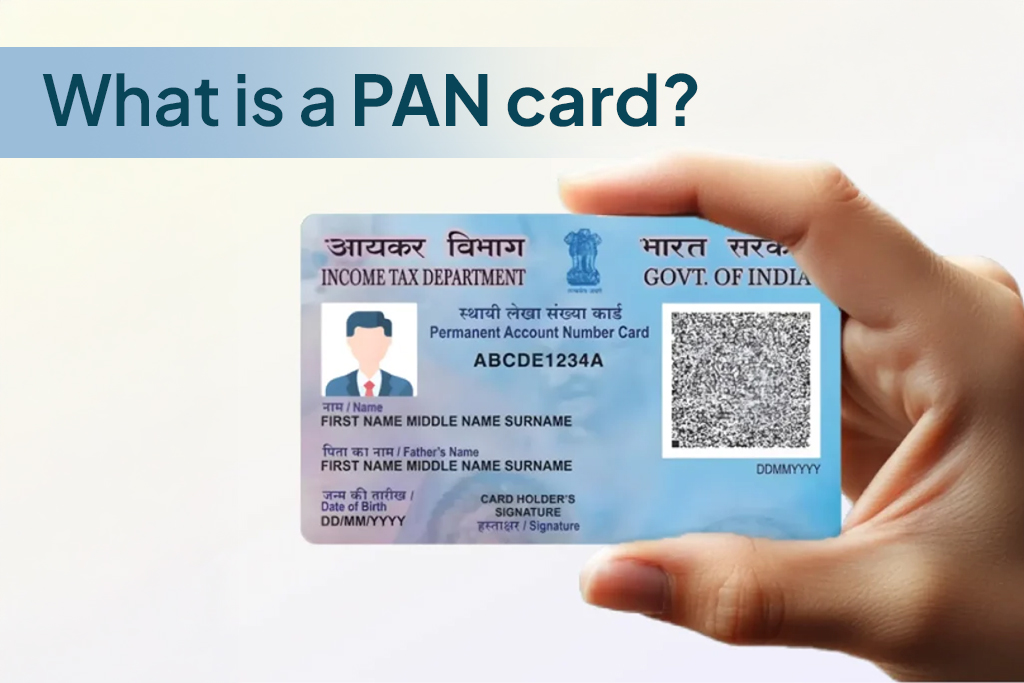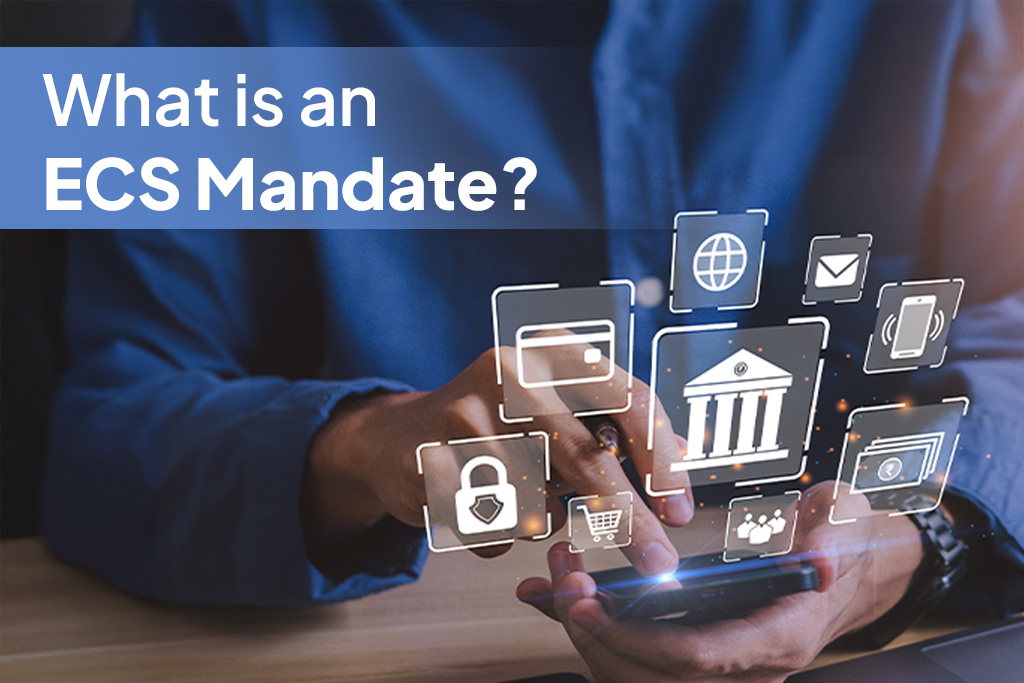In January 2004, the National Pension Scheme (NPS), a government-sponsored pension program, was introduced for public servants. In 2009, it became accessible to all sections.
During her working years, a subscriber can make regular contributions to a pension account, withdraw a portion of the corpus all at once, and utilise the balance to purchase an annuity to ensure a steady income after retirement.
For everybody who works in the private sector and needs a consistent pension after retirement, the NPS programme is of great benefit. The programme has tax advantages under Sections 80C and 80CCD and is transferable between jobs and places.
Who should invest in the NPS?
Anyone who wants to start planning for retirement early and has a low tolerance for risk should consider the NPS. It goes without saying that having a steady pension (income) throughout your golden years will be a blessing, especially for those who leave private-sector employment.
A methodical investment like this can significantly impact your life after retirement. In reality, salaried individuals who desire to maximise their 80C deductions might also take this plan into consideration.
Features and benefits of NPS
Returns/Interest
A portion of the NPS is invested in stocks. (this may not offer guaranteed returns). However, compared to other conventional tax-saving investments like the PPF, it provides returns that are far higher.
This programme has been in place for more than ten years and has thus far produced annualised returns of 9% to 12%. If you are unhappy with the performance of the fund, NPS also gives you the option of switching fund managers.
Risk Assessment
Currently, the National Pension Scheme’s equity exposure is capped between 75% and 50%. The ceiling for government workers is set at 50%. The equity component will decrease by 2.5% annually in the range specified starting in the year the investor turns 50.
However, the maximum is set at 50% for investors 60 years of age and older. As a result, the risk-return relationship is stabilised in the interest of investors, protecting the corpus to some extent from the volatility of the equity market.
NPS has a larger earning potential than other fixed-income plans.
NPS Tax benefit
Tax advantages for self-contributions by employees
The following tax benefits are available to employees who make NPS contributions:
a) Tax deduction up to 10% of pay (Basic + DA) under Section 80 CCD(1), up to a maximum of Rs. 1.50 lakh under Section 80CCE.
b) In addition to the overall maximum of Rs. 1.50 lakh under Section 80CCE, a tax deduction of up to Rs. 50,000 under Section 80 CCD(1B).
Tax advantages for employees on employer contributions:
Eligible for a tax deduction of up to 10% of the pay (Basic + DA) granted by the employer under Section 80 CCD(2) beyond the Rs. 1.50 lakh limit provided by Section 80CCE (14% if such contribution is made by the Central Government).
Tax advantages for independent contractors:
The following tax benefits are available to self-employed people who make NPS contributions on their own behalf:
a) A tax deduction of up to 20% of gross income allowed by Section 80 CCD (1) with a maximum deduction allowed by Section 80CCE of Rs. 1.50 lakh.
b) In addition to the overall maximum of Rs. 1.50 lakh under Section 80CCE, a tax deduction of up to Rs. 50,000 under Section 80 CCD(1B).
Partial withdrawals from NPS accounts provide tax advantages:
Subject to the conditions and conditions outlined by PFRDA under section 10, qualified for tax exemption on amounts withdrawn up to 25% of self-contribution.(12B).
Tax benefit for purchasing an annuity:
A 60-year-old who is eligible for a tax break under Section 80CCD on the purchase of an annuity or a superannuation(5). However, the annuity’s subsequent income is taxed under Section 80CCD(3).
Taking a lump sum withdrawal has tax benefits:
Upon reaching the age of 60 or reaching superannuation, Section 10 permits a tax exemption on a lump-sum withdrawal of 60% of accrued pension funds.(12A).
NPS Withdrawal rules after retirement (60 years):
At present, a person may take a lump sum distribution of up to 60% of the total corpus, with the remaining 40% entering into an annuity plan. According to the new NPS regulations, subscribers may withdraw their whole capital if it is less than or equivalent to Rs 5 lakh without purchasing an annuity plan. Furthermore, these withdrawals are tax-free.
For instance, if a person retires with a corpus of Rs. 4.5 lakh, they may withdraw the entire amount. The tax planning free withdrawal cap is set at Rs. 6 lakh for corpus amounts greater than Rs. 10 lakh. They need to acquire an annuity plan for the remaining Rs 4 lakh.
NPS Early Withdrawal or Exit Rules:
When a subscriber achieves superannuation age or turns 60, he or she is required to use at least 40% of the collected pension corpus to buy an annuity that offers a regular monthly pension. You can take a lump sum withdrawal of the remaining funds.
If a subscriber’s whole accrued pension corpus is less than or equal to Rs. 5 lakh, they are eligible for a 100% lump sum withdrawal.
Equity Allocation Rules
The NPS invests in a variety of plans, and its Plan E invests in equities. A maximum of 50% of your money can be put into stocks. Investment possibilities include active choice and automatic choosing.
Your investments’ risk profile is determined automatically based on your age. For instance, your investments become more secure and less dangerous as you age. You can choose the plan and divide your investments using the active choice option.
Option to change the scheme or fund manager:
If you are unhappy with the performance of the fund manager or the pension plan, NPS gives you the option to switch. Both tiers I and II accounts have access to this choice.
NPS Eligibility:
Anyone who meets the eligibility requirements listed below may join NPS:
Ideally, they should be an Indian citizen (either a resident or a non-resident). (NRI).
should be between the ages of 18 and 70.
The application form’s Know Your Customer (KYC) requirements must be followed.
According to the Indian Contract Act, one must be able to lawfully sign a contract.
Persons of Indian Origin (PIOs), Hindu Undivided Families (HUFs), and Overseas Citizens of India (OCI) are ineligible to enrol to NPS.
Since NPS is an individual pension account, a third party cannot open one on their behalf.
To explore more long-term, tax-saving investment options and strengthen your retirement planning, you can also read what is ppf and what is ELSS. These instruments, along with NPS, can help you build a balanced and tax-efficient investment strategy for your future.
About FatakPay:
FatakPay provides virtual small credit facilities for all. It’s available on your phone and caters to your everyday needs in both online and offline formats. Payments are done seamlessly through UPI/QR codes. The solution provides an almost zero cost, free, quick, transparent and secure way to transact in a multilingual format with a Scan Now, Pay Later facility and easy repayment options.
Link to FatakPay App: https://link.ftkp.in/2uSI/dkasgvnf
Link to the Website: https://fatakpay.com/







